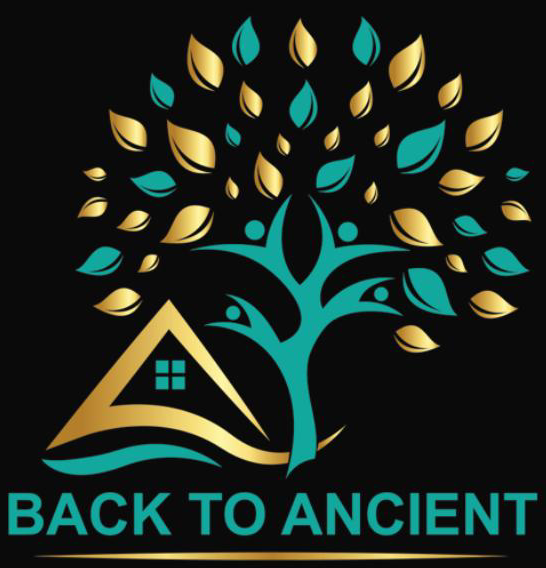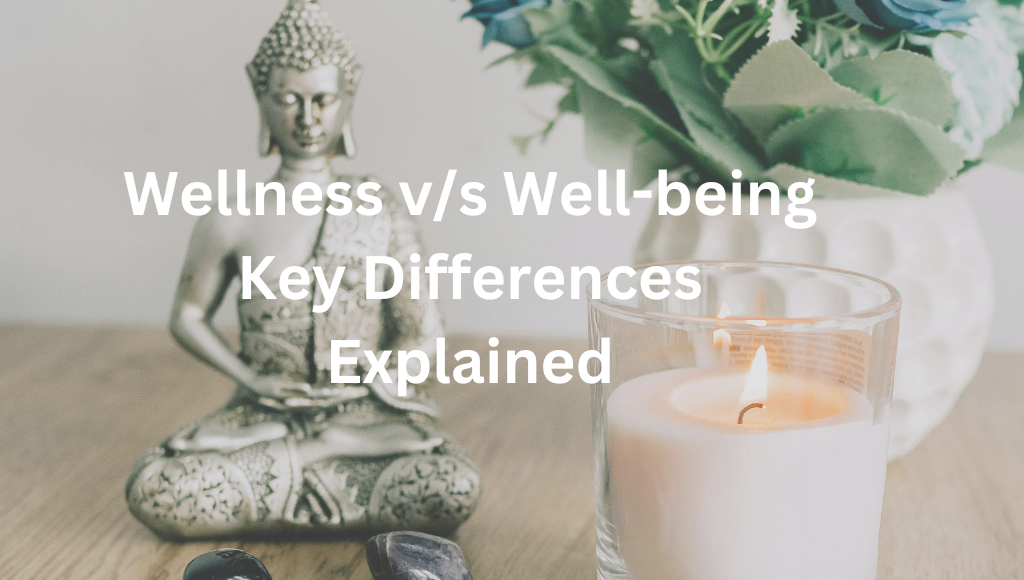
Wellness is not new, as it has existed for thousands of years. Traditional wellness practices have aided the maintenance of health and happiness in individuals long before modern medicine, from herbs in India to hot baths in Japan. This blog will look into the history of archaic practices, how they boost your body and mind, methods to implement them in the modern world, popular stress relief practices and why they have gained popularity in recent years. Let’s delve into the world of ancient healing!
1. The Rich History of Wellness Traditions
The pursuit of wellness has always been a part of human life. Traditional wellness practices have existed alongside humans. Ayurveda started 5000 years ago in India, using plants and oils to balance the body. In China, Traditional Chinese Medicine (TCM) started around the same time as acupuncture and the use of herbs to fix energy flow. Egypt had its tricks with honey for wounds, while the Native Americans used sweat lodges to cleanse the spirit.
These unusual ways stemmed from observing nature and being passed down from generation to generation. Each culture added its own flavor but the aim was to live better and longer.
Today, let us reexamine these roots because they are still relevant.
2. How Ancient Practices Have Helped With Physical and Mental Health
What is the importance of traditional wellness practices? They treat your body and mind in gentle ways.
- Physical Health– Ayurveda uses turmeric to fight inflammation. TCM tai chi helps keep you strong and supple. Even the humble Finnish sauna aids in blood circulation and skin exfoliation. These methods are effortless; they don’t require complex machines or treatments.
- Mental Health– Japan’s forest bathing (known as ‘nature walking’) relaxes the mind. Indian meditation alleviates stress. Cleansing with sage is a Native American custom that removes unhealthy energies.
There is scientific proof! These ancient techniques reduce blood pressure and anxiety and improve sleep. They serve as a restorative solution for hectic lifestyles while ensuring overall wellness.
3. Blending Modern Life with Traditional Wellbeing
Even today, you can enjoy traditional wellness practices —no need to reside in a village. Tiny modifications allow these methods to fit into modern life.
- Begin with Sip: Replace your coffee with soothing chamomile (from Europe) herbal tea.
- Step Further: Draw inspiration from Roman bathhouses and treat yourself to a warm bath with salts after a long day.
- Mind and Body: Certain mobile applications allow users to perform breathing exercises (from Tibet) and Yoga (from India).
- Face Value: Buy a gua sha tool (from China) online, and enjoy an effortless face massage that increases your skin’s glow.
To incorporate traditional wellness practices into your life, light up a candle, do a few stretches, or prepare food using spices such as cumin.
4. Well-Known Traditional Techniques to Relieve Stress
Stress is universal; however, traditional wellness practices can help provide relief. Some people’s go-to choices include:
- Yoga (India): A practice that involves breathing and stretching that helps dissolve tension. Just a short period of 10 minutes can bring about calmness.
- Aromatherapy (Egypt): A form of therapy that involves smelling lavender or eucalyptus oil to ease your mind. It’s like having a pacifying embrace in a bottle.
- Shinrin-Yoku (Japan) involves walking in parks or forests. Scientific research shows that trees can help lower stress hormones.
- Cupping (Middle East): Eases tight muscles and relieves worries using suction cups on the back.
- Herbal Teas (Global): After a tough day, calming down can be easier by sipping mint or ginger tea.
The methods mentioned above are easy to adapt, affordable and pleasurable. Consider trying one when life overwhelms you; these reliable stress relievers can do the trick!
5. Amazing New Discoveries in Ancient Healing
Looking at the past is the key to feeling good. Traditional wellness practices are now more than ever in spas, gyms, and even doctors’ offices. The explanation is simple – people want effective natural solutions.
- Growing Trend: There has been a noticeable increase in the number of brands selling turmeric lattes alongside sage bundles. Yoga studios are filled to the brim.
- Ancient Methods Enhanced with Modern Science: Modern researchers have started proving that acupuncture alleviates pain while saunas reduce the risk of heart-related issues.
- Eco-Friendly: These techniques utilize plants, stones, or water instead of cosmetics and drugs.
Good for you, good for Earth.
Young people are also taking note. They trade their screen time for sound baths from Tibet or spend time in herbal gardens. It’s a combination of nostalgia and smart living. Reviving these practices will help cultivate a healthier and happier world.
Why Traditional Wellness Still Shines
Traditional wellness practices are not outdated; instead, they are practical tools. They have stood the test of time because they are easy, natural, and effective. One of the simplest forms of self-care can be as easy as drinking a warm cup of tea or taking a peaceful stroll. People from different cultures have understood this; now, it’s time for us to embrace it.
How to Start
This week, focus on a straightforward exercise. Brew yourself a cup of tea, step out of the house, or roll out a yoga mat. Set aside time, be open-minded, and you’ll see that not much is needed. Those looking for aids like oils or bowls can check out back to ancient.
Final Thoughts
From Ayurveda to forest bathing, traditional wellness practices offer a treasure chest of health hacks. They help with physical health and mental clarity and can fit into busy schedules. Start small, test what excites you the most, and monitor how great you feel. If you have a favorite ancient wellness trick, share it below to help strengthen the wellness community.



